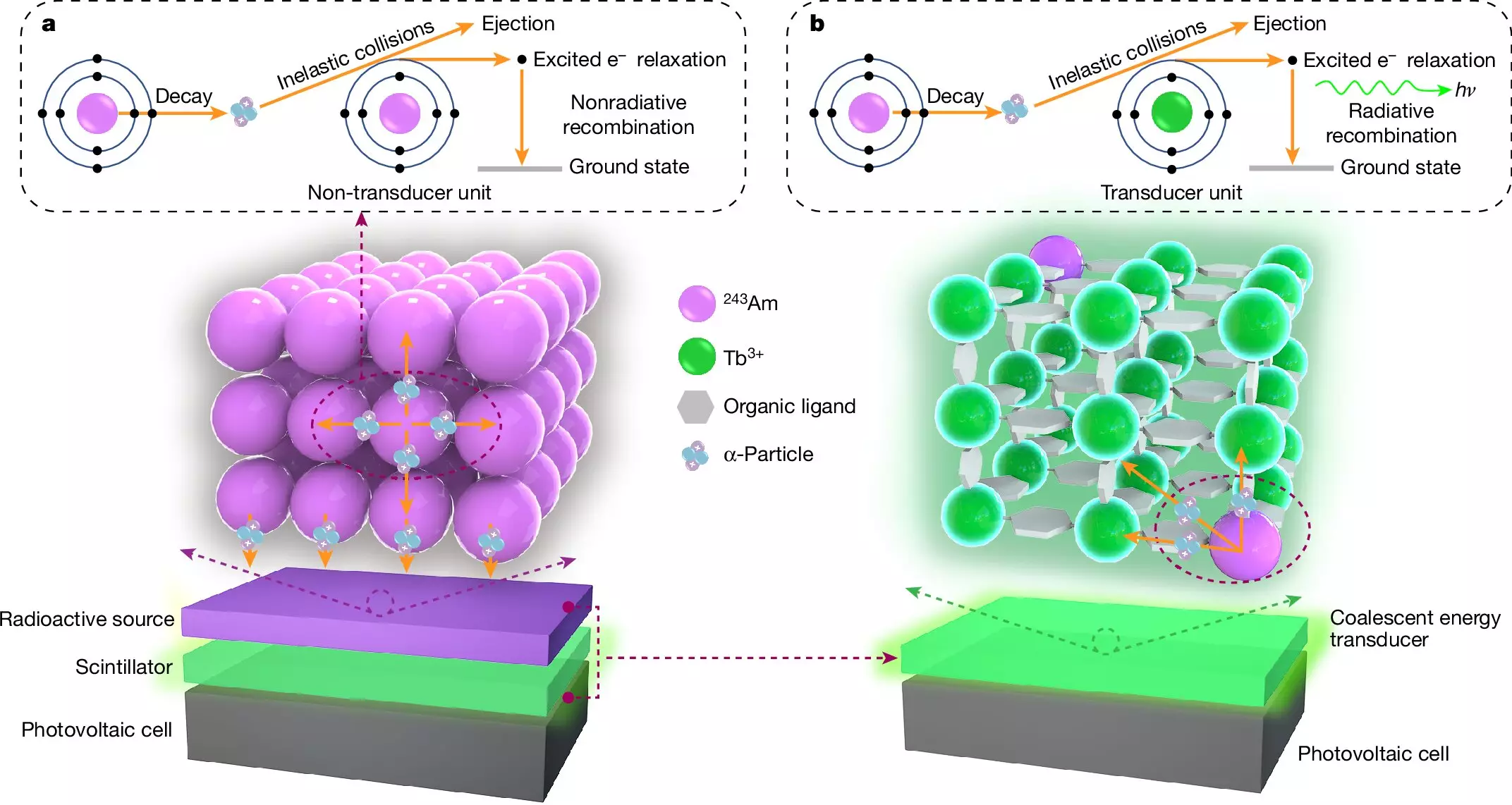A remarkable development in the quest for compact and efficient energy sources has emerged from research conducted by a team of physicists and engineers from various renowned institutions in China. Their recent findings, published in the prestigious journal *Nature*, showcase a miniature nuclear battery that boasts an astonishing efficiency—claimed to be up to 8,000 times greater than previous technologies. This leap in energy innovation captures a growing interest in harnessing nuclear energy safely and sustainably, especially as societies grapple with escalating energy consumption and the need for extensive power solutions.
For decades, scientists have aspired to create diminutive nuclear power devices capable of energizing a wide array of gadgets, from personal electronics to large-scale machinery. However, the inherent dangers of nuclear materials have hindered successful projects. Most traditional approaches have either overlooked safety considerations or resulted in devices that required a significant amount of nuclear material, leading to inefficient energy output. This conundrum is particularly pronounced in smaller battery designs, where reducing the nuclear material also limits energy generation potential. The challenge has been to create a viable solution that minimizes risk while enhancing performance.
A Novel Approach: Harnessing Alpha Particles
In their innovative study, the researchers cracked the code to this long-standing problem by ingeniously utilizing americium—a radioactive element known for its long half-life of 7,380 years. The team ingeniously embedded a small quantity of americium within a crystal structure to harness its emitted alpha particles, which in turn produces a glow of green light. This brilliant design forms the heart of the device, as it not only illuminates but also plays a critical role in the energy conversion process. By attaching a photovoltaic cell, the emitted light from the glowing crystal is efficiently transformed into usable electricity.
One of the most promising aspects of the compact nuclear battery is its longevity; initial tests suggest that it could maintain a charge for decades, making it a potential candidate for applications requiring long-term energy solutions, such as deep space missions. However, researchers caution that the materials encasing the americium may degrade over time due to radioactive emissions, thus presenting a trade-off between enduring power supply and structural integrity. While the output remains modest—with estimates indicating that it would take a staggering 40 billion of these devices to power a standard 60-watt light bulb—the efficiency breakthrough offers a stepping stone for further developments in the field.
As research progresses, the potential for applying this technology to small, remote devices could transform various industries. From powering sensors in isolated locations to fueling robotic explorers traversing extraterrestrial terrain, the possibilities for these ultra-compact nuclear batteries are vast. The ongoing refinement of this power system hints at a future where energy scarcity could be significantly alleviated, ushering in an era of safe, nuclear-powered devices designed for both terrestrial and extraterrestrial use. The vision of harnessing nuclear energy in everyday applications is closer than ever, and this novel device marks the first step in a journey where unprecedented efficiency and science fiction meet reality.

